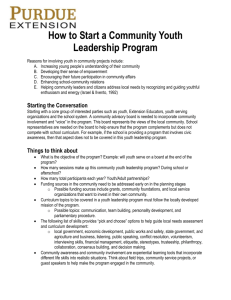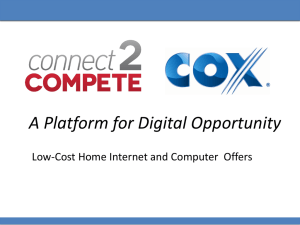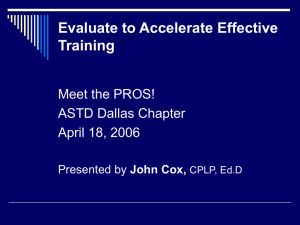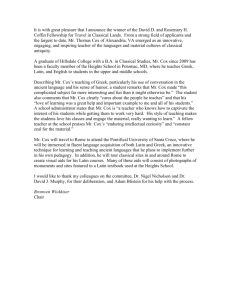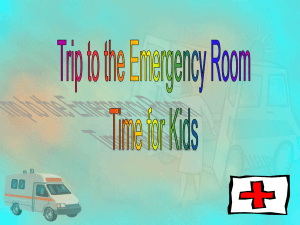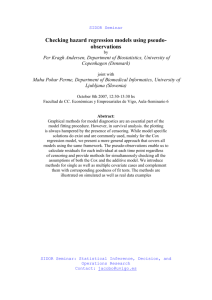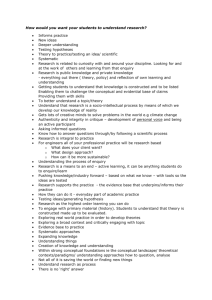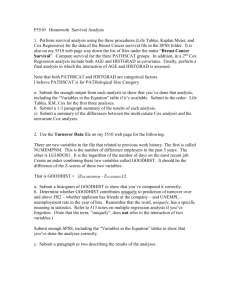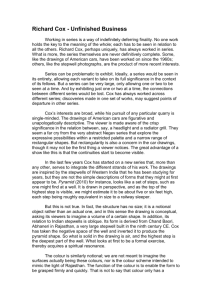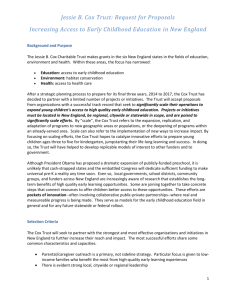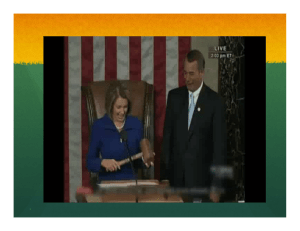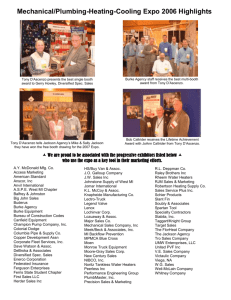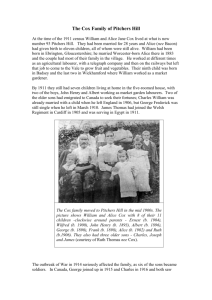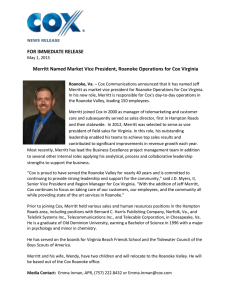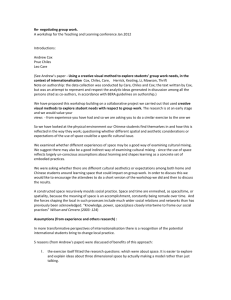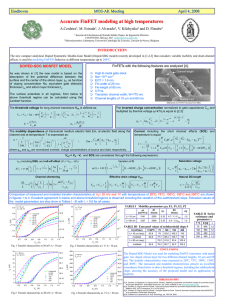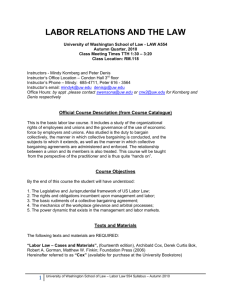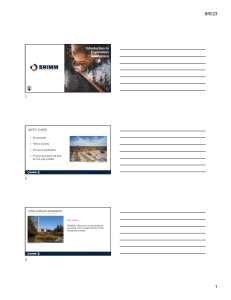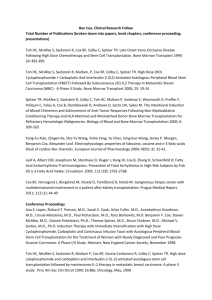How and How Not to do Quantitative Risk Analysis of Food
advertisement
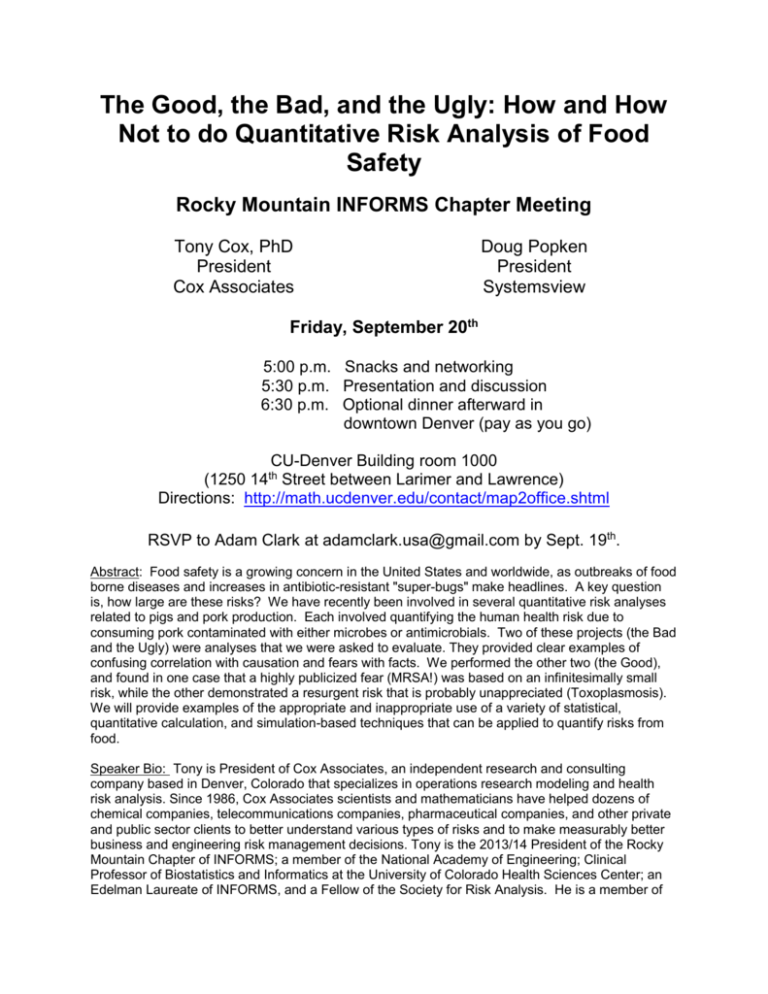
The Good, the Bad, and the Ugly: How and How Not to do Quantitative Risk Analysis of Food Safety Rocky Mountain INFORMS Chapter Meeting Tony Cox, PhD President Cox Associates Doug Popken President Systemsview Friday, September 20th 5:00 p.m. Snacks and networking 5:30 p.m. Presentation and discussion 6:30 p.m. Optional dinner afterward in downtown Denver (pay as you go) CU-Denver Building room 1000 (1250 14 Street between Larimer and Lawrence) Directions: http://math.ucdenver.edu/contact/map2office.shtml th RSVP to Adam Clark at adamclark.usa@gmail.com by Sept. 19th. Abstract: Food safety is a growing concern in the United States and worldwide, as outbreaks of food borne diseases and increases in antibiotic-resistant "super-bugs" make headlines. A key question is, how large are these risks? We have recently been involved in several quantitative risk analyses related to pigs and pork production. Each involved quantifying the human health risk due to consuming pork contaminated with either microbes or antimicrobials. Two of these projects (the Bad and the Ugly) were analyses that we were asked to evaluate. They provided clear examples of confusing correlation with causation and fears with facts. We performed the other two (the Good), and found in one case that a highly publicized fear (MRSA!) was based on an infinitesimally small risk, while the other demonstrated a resurgent risk that is probably unappreciated (Toxoplasmosis). We will provide examples of the appropriate and inappropriate use of a variety of statistical, quantitative calculation, and simulation-based techniques that can be applied to quantify risks from food. Speaker Bio: Tony is President of Cox Associates, an independent research and consulting company based in Denver, Colorado that specializes in operations research modeling and health risk analysis. Since 1986, Cox Associates scientists and mathematicians have helped dozens of chemical companies, telecommunications companies, pharmaceutical companies, and other private and public sector clients to better understand various types of risks and to make measurably better business and engineering risk management decisions. Tony is the 2013/14 President of the Rocky Mountain Chapter of INFORMS; a member of the National Academy of Engineering; Clinical Professor of Biostatistics and Informatics at the University of Colorado Health Sciences Center; an Edelman Laureate of INFORMS, and a Fellow of the Society for Risk Analysis. He is a member of the National Academies' Board on Mathematical Sciences and Their Applications (BMSA) and a member of the National Academies Standing Committee on the Use of Public Health Data in FSIS Food Safety Programs. Doug Popken is the owner of Systems View, an MS/OR consulting company located in Highlands Ranch, CO since 1997. He was also the 2012/13 President of the Rocky Mountain Chapter of INFORMS. He received his PhD in Operations Research from UC Berkeley. Since then, he has been a logistics analyst (USAF), business school professor (University of Dayton), and R&D project manager (Sumaria Systems) among other things, but seems to have finally found steady (self) employment in consulting.
